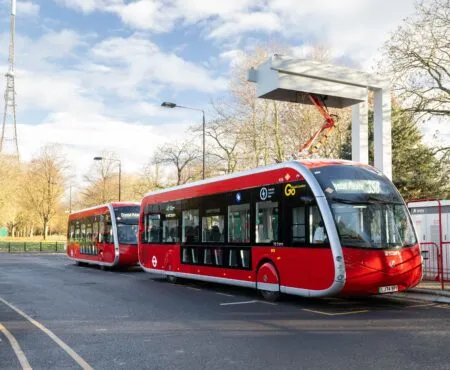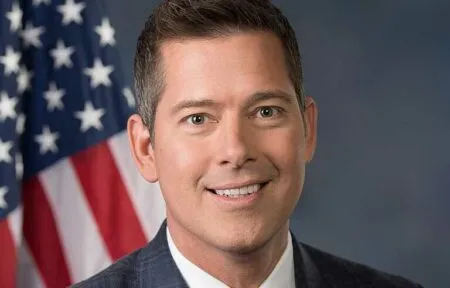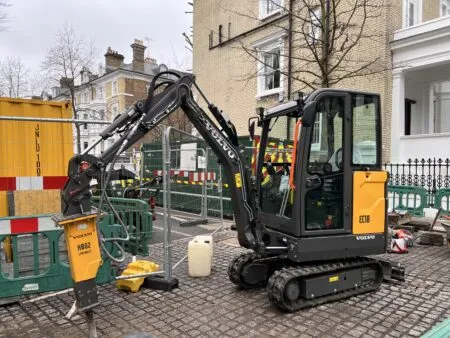The US Department of Transportation (USDOT) and the Chinese Ministry of Transport (MOT) have announced the official guidelines for the ‘USA-China Race to Zero Emissions (R2ZE) Challenge’, in order to provide details on how it will be conducted and how transit agencies can join the friendly competition.
Officially announced by US Transportation Secretary Foxx and China’s Minister of Transport Yang Chuantang during the eighth USA-China Transportation Forum on June 3, 2016, in Los Angeles, California, the R2ZE Challenge is a collaborative and friendly competition between transit agencies in the USA and China that encourages transit providers to deploy a new generation of advanced, non-polluting zero emission buses (ZEBs) in communities across both countries.
This is a voluntary program targeting transit agencies that have deployed or are planning to deploy ZEBs in their systems. The R2ZE aims to reduce greenhouse gas (GHG) and criteria emissions, and to spur demand and innovation for zero emission heavy-duty vehicle technology. The ‘winner(s)’ of the race will be the USA and Chinese transit providers with the highest percentage of operational ZEBs in their category in the year 2025.
There will be three different cohorts of participants based on the size of operations. The participating transit agencies will be placed into one of the three following groups based on the overall number of buses in their fleets: 50 or less, 51 to 250, and 251 or higher. Having three different cohorts will allow transit agencies of similar sizes to compete with each other. Recognizing that the Chinese transit bus sector is significantly larger than that of the USA, China’s MOT is in the process of creating its own grouping of domestic cohorts. The challenge features buses that are powered by onboard batteries or fuel cells.
Each year, the USDOT and MOT will announce and recognize the cities or transit agencies in both countries that have made the most progress compared with the previous year, as well as acknowledge the participants in each cohort with the highest percentage of zero-emission buses. The USDOT and MOT will also be working to establish opportunities on an annual basis in which transit properties and cities can come together, share information, and identify lessons learned from operations in both countries. There are currently about 60 US transit agencies that have either deployed, or plan to deploy, zero emission buses.
“Our two nations have an opportunity to make a huge impact on reducing world greenhouse gas emissions,” said Foxx. “I look forward to this friendly competition and the exciting new technologies developed during this challenge.”




